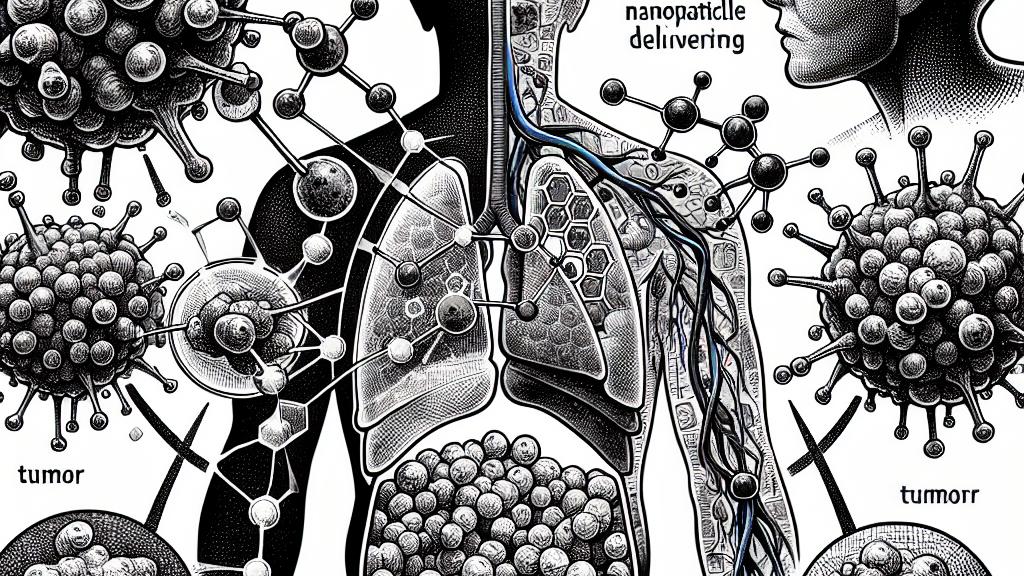How Biodegradable Nanoparticles Help Treat Cancer with Two Drugs
Overview
- Innovative nanoparticles are used to deliver two cancer drugs simultaneously.
- Targeted delivery enhances effectiveness and minimizes side effects.
- Promising results observed in treating melanoma, breast, and potentially other cancers.

Introduction to the Innovative Approach
In the cutting-edge world of cancer research at Tel Aviv University in Israel, scientists have made a remarkable breakthrough that could transform how we treat cancer. They’ve developed an ingenious technique utilizing biodegradable nanoparticles to deliver not just one, but two different drugs directly to tumors. This significant advancement allows the drugs to work in harmony, boosting their therapeutic effect for aggressive cancers like melanoma and BRCA-mutated breast cancer, often difficult to treat with traditional methods.
How the Nanoparticles Work
But how exactly do these nanoparticles function? Imagine tiny delivery trucks—these particles degrade safely into water and carbon dioxide within a month, making them safe for the body. What’s remarkable is their ability to hone in on cancer cells by binding to a protein called P-selectin, found abundantly on these cells. This targeted mechanism allows the drugs to reach their destination without affecting healthy tissues—a vital advantage, as it helps reduce harmful side effects commonly associated with cancer treatments. Just think of it as having a precision-guided missile, aimed solely at the heart of the tumor!
Results from Testing
Now, let’s dive into the exciting results of this research. In their experiments, which included laboratory tests and animal studies, the researchers observed extraordinary outcomes. For instance, when combining two FDA-approved drugs using these nanoparticles, the tumors shrank significantly more than when the same drugs were given individually. In fact, not only did the treatment decrease tumor size, but it also doubled the lifespan of the mice involved in the study. These findings are electrifying, suggesting that this new method could redefine standards of care in oncology!
Broader Implications
The potential implications of this discovery extend well beyond just treating melanoma and breast cancer. This highly adaptable nanoparticle platform offers the possibility of carrying different combinations of drugs, tailored to target various cancers, including notoriously difficult-to-treat glioblastoma and pancreatic cancer. As we explore this frontier, we can imagine a future where cancer therapies are personalized, significantly increasing survival rates and enhancing the quality of life for patients everywhere. With each step forward, hope shines brighter for those facing the daunting challenges of cancer.

Loading...